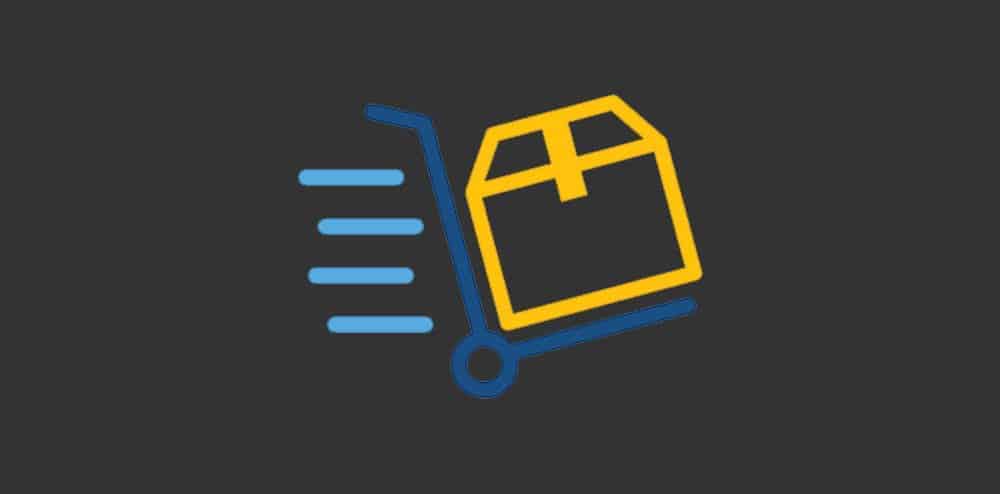S/4, Tradesprint and Hybris


Since the old ERP solution introduced in 1985, to which the store was linked via many interfaces, was discontinued by the manufacturer, Verbund decided to switch to SAP Hybris.
Poet was entrusted with the implementation and has been working with the new system since May 2017. It now allows easy handling and harmonization of large product data volumes from a wide range of suppliers and saves a lot of time in data maintenance and transfer compared to before.
From consumer to professional-oriented specialty stores, the Ringfoto-Verbund Group supplies its members with a wide range of products, which even includes a selection of modern studio equipment.
Since all Ringfoto members in Germany, Austria, the Netherlands, Denmark and Belgium act as independent entrepreneurs who decide for themselves which of the group's services they use, it must be possible to represent this in the group's ERP system or online store.
"Given the large number of products in the range and the different languages in the four countries, there were problems in this respect with the software architecture that had been in operation since 1985"
reports Gerlinde Wiest-Gümbel, the managing partner of Poet.
For example, the old ERP program could only be operated via a classic AS400 interface without a graphical user interface. An outdated product information management system based on Lotus Notes acted as the database.
In addition, the stores in all four countries were populated with German content, as there was no way to customize the content.
Overall, the software landscape was very heterogeneous with over 60 interfaces to more than 20 programs. This circumstance necessitated complex data management, in some cases fourfold.
"Since the interfaces with different formats had to be replicated by timed processes running in the background, this resulted in a synchronization time of up to 24 hours"
explains Oliver Hachmann, Head of IT and Organization at Ringfoto.
As a result, dealers did not have access to the most up-to-date inventory levels and prices. Changes in legal as well as internal requirements were also complicated and lengthy:
In addition to customer-specific modifications, for example when switching to the SEPA direct debit scheme, additional third-party software had to be integrated in some cases. This was all the more difficult because there were fewer and fewer developers for the old systems.
Future-proof, look & feel remains
When the manufacturer discontinued the life cycle of the old system, Verbund decided to switch to Hybris. With the new system implemented by Poet, ERP data is now available in real time.
This is necessary to keep pace with the increased demands on e-commerce systems.
"Speed, a clear presentation of customer-specific information and the ability to provide additional services are now indispensable for future-proofing a B2B store"
Wiest-Gümbel is convinced.
There were therefore hardly any alternatives to the changeover:
"We could have continued to use the old solution and switched to current Microsoft programs to some extent, but the result would not have been ideal, despite the investments involved"
Hachmann describes the dilemma.
The creation of new interfaces was uneconomical and the overall monetary cost of a solution that would have remained susceptible to transmission and system errors was too high.
The new introduction of SAP was therefore more attractive, as the business applications offer extensive functionalities for retail.
"With the integration of Hybris, all essential components of the store system now come from a single source. This makes it much easier to provide the various data services."
says the person responsible for data processing at Ringfoto.
In order to make the changeover as easy as possible for both members and end customers in terms of user acceptance, Ringfotos wanted to retain the previous look and feel.
At the same time, the processes were to become faster and more transparent in order to be able to react better to the needs of the end customer and changes in the market. There was also a desire to be able to implement future IT rollouts with the new system in a short time.
In line with these requirements, the real-time ERP suite S/4 Hana was implemented and supplemented with Tradesprint, an industry solution for technical wholesale developed by Poet partner Cormeta.
The actual store was implemented with SAP Hybris Commerce, as the modular nature of this solution offered a high degree of flexibility in implementing customer-specific requirements.
Thus, the various accelerators allow a lean and performant design of diverse B2B and B2C scenarios.
"Orders can now be processed synchronously so that inventory levels and prices update instantly and are available to dealers when orders are requested"
Hachmann is satisfied.
Real-time product data and inventory management
Through an interface between ERP and store, members can view their order history and associated invoices in the "My RIO" area.
In case of cancellations or order changes, the total stock is adjusted with immediate effect. A stock value adjustment allows returns to be reported to the store using their serial number, picked up and the number of items in stock adjusted.
Their value is then posted as a credit. Non-stock data is stored outside the RIO. They are prepared as a service for members and are available to them as a delta download.
"This means they can be further processed in the dealer-specific ERP system and used for quality assurance or reconciliation as well as for regular updating and supplementation"
explains Wiest-Gümbel.
During in-store consultation, the store view can be selected to allow a clear comparison of different products with their functionalities.
The dealer prices are invisible. If required, an individual offer can be created for the respective interested party. In case of an order, its processing can be accelerated by uploading an Excel list with EAN codes.
In addition, watch lists can be created and shopping carts can be named and saved to simplify reordering.
Using different authorization levels, retailers can distinguish between users who place orders and those who are only allowed to search for products or save shopping carts. These must then be released by authorized persons.
Country and target group specific address
"Maintaining a central system with consistent product data requires significantly less financial and time effort. The uniform technological basis thus allows easier maintenance by the IT managers at Ringfoto and goes hand in hand with significant cost savings."
Wiest-Gümbel emphasizes the central advantages of the innovation.
Despite the high planning and coordination effort involved in coordinating with the partner Cormeta, it was thus possible to enter data on tens of thousands of products from a wide range of providers and suppliers into the system in the shortest possible time, so that the approximately 1900 specialist dealers of the Ringfoto network can access them flexibly and adapted to their needs.
This means that the entire value chain, from the supplier through the network and the individual retailers to the end customer, is now served by one system.
The content of the information pages of the existing stores was migrated, as was the product data in the PIM system. The latter required a redefinition of the classification system and an optimization of the catalog structure.
The Protogo software developed by Poet is used to enrich the product data. A master data department was set up specifically for administration.
Another new feature is the introduction of country-specific content teams working independently. In the future, these teams will design special activities and campaigns, write content, and design banners to better address the respective target groups.
For this purpose, four catalogs are provided in the backend of the website, which can be filled independently of each other. Thus, the product data is now drawn from a multilingual product catalog.
In the run-up to the go-live, application-related training sessions were held on the backend of the store, product information management, the Hybris management console, and the settings for all systems and the admin area for the relevant cockpits and interfaces. Since then, the system has been running smoothly.
In the future, marketing campaigns will also be handled via the new system. In addition, it should be possible to personalize newsletters, mailings and end customer websites for marketing purposes within the next year. This will then cover not only B2B but also all areas of B2C.







